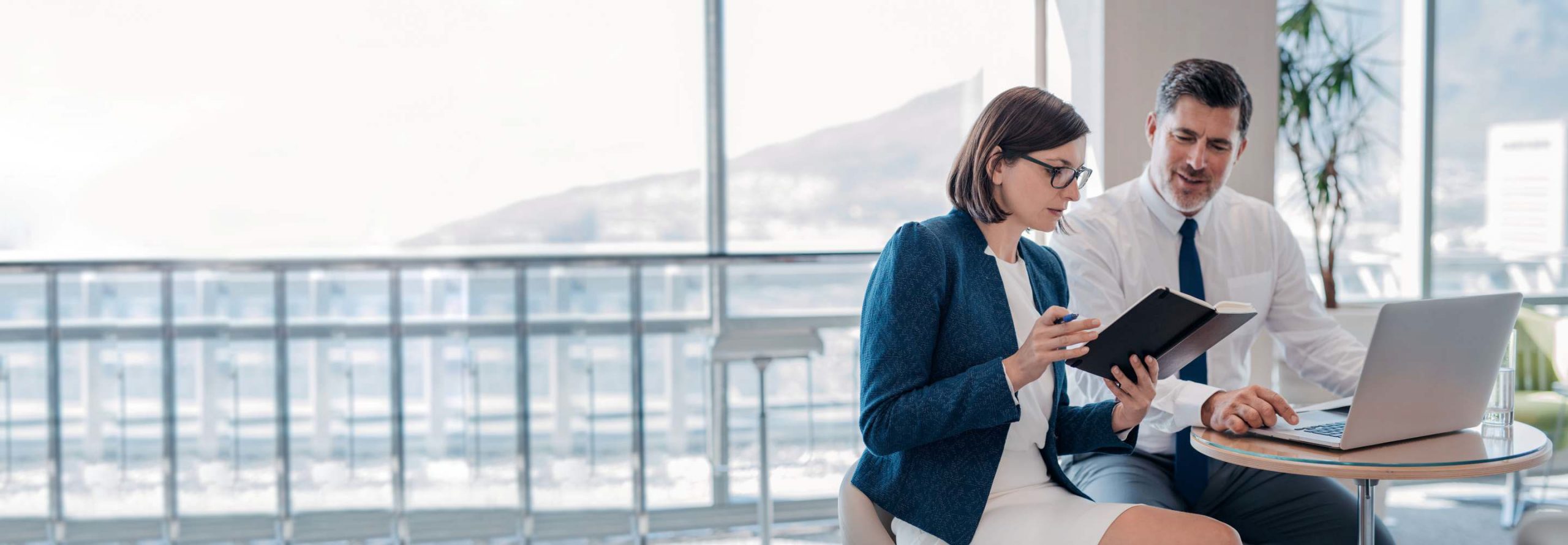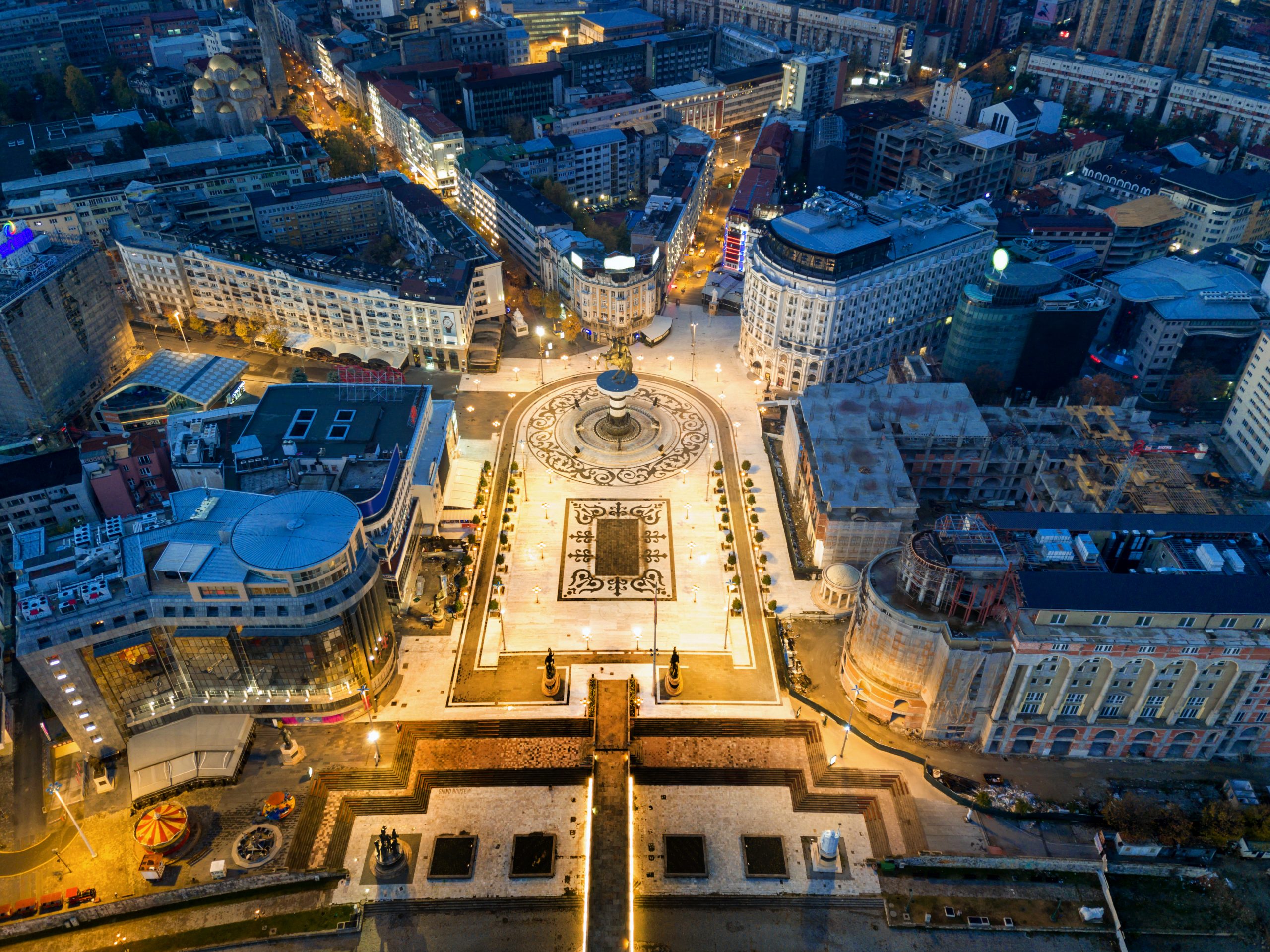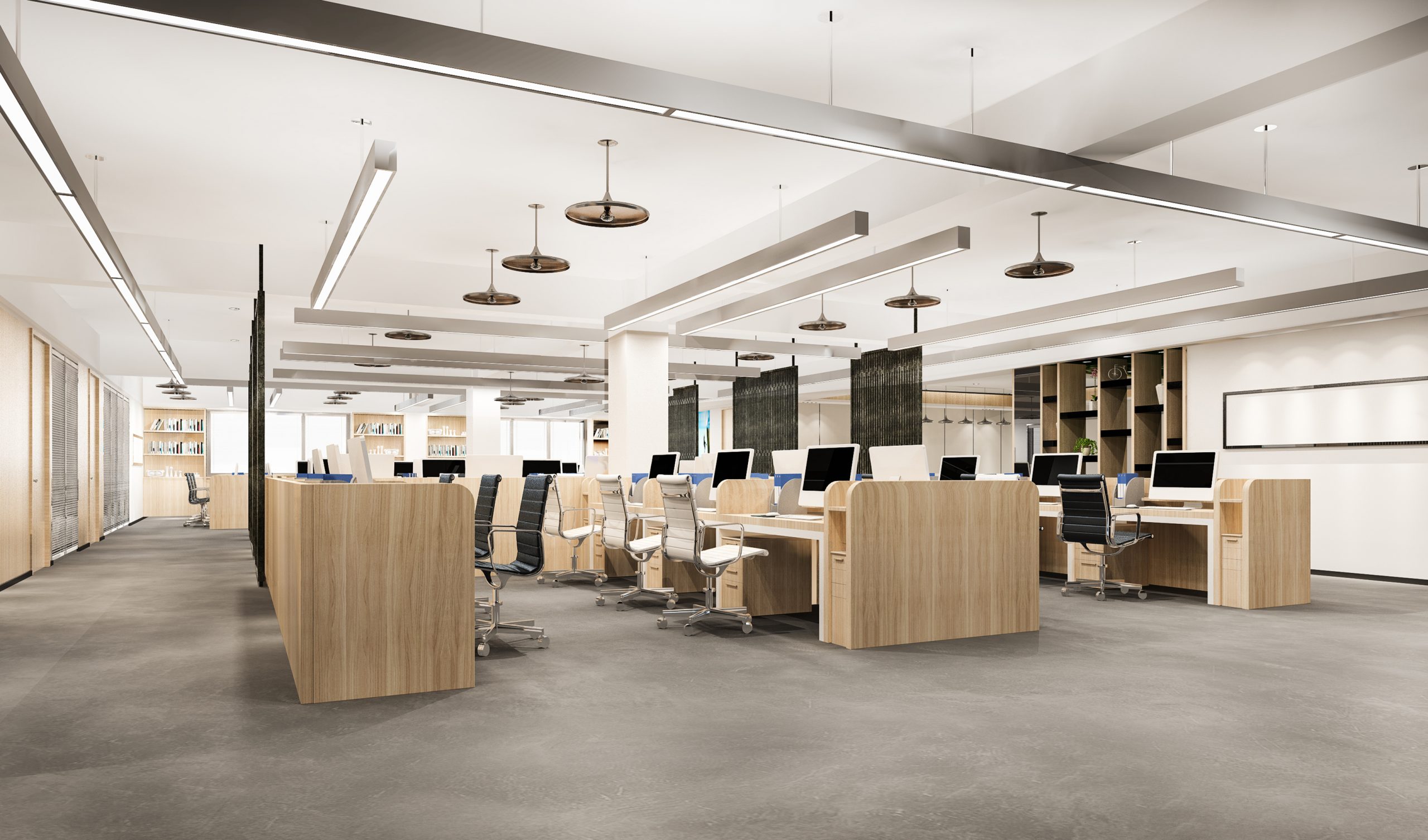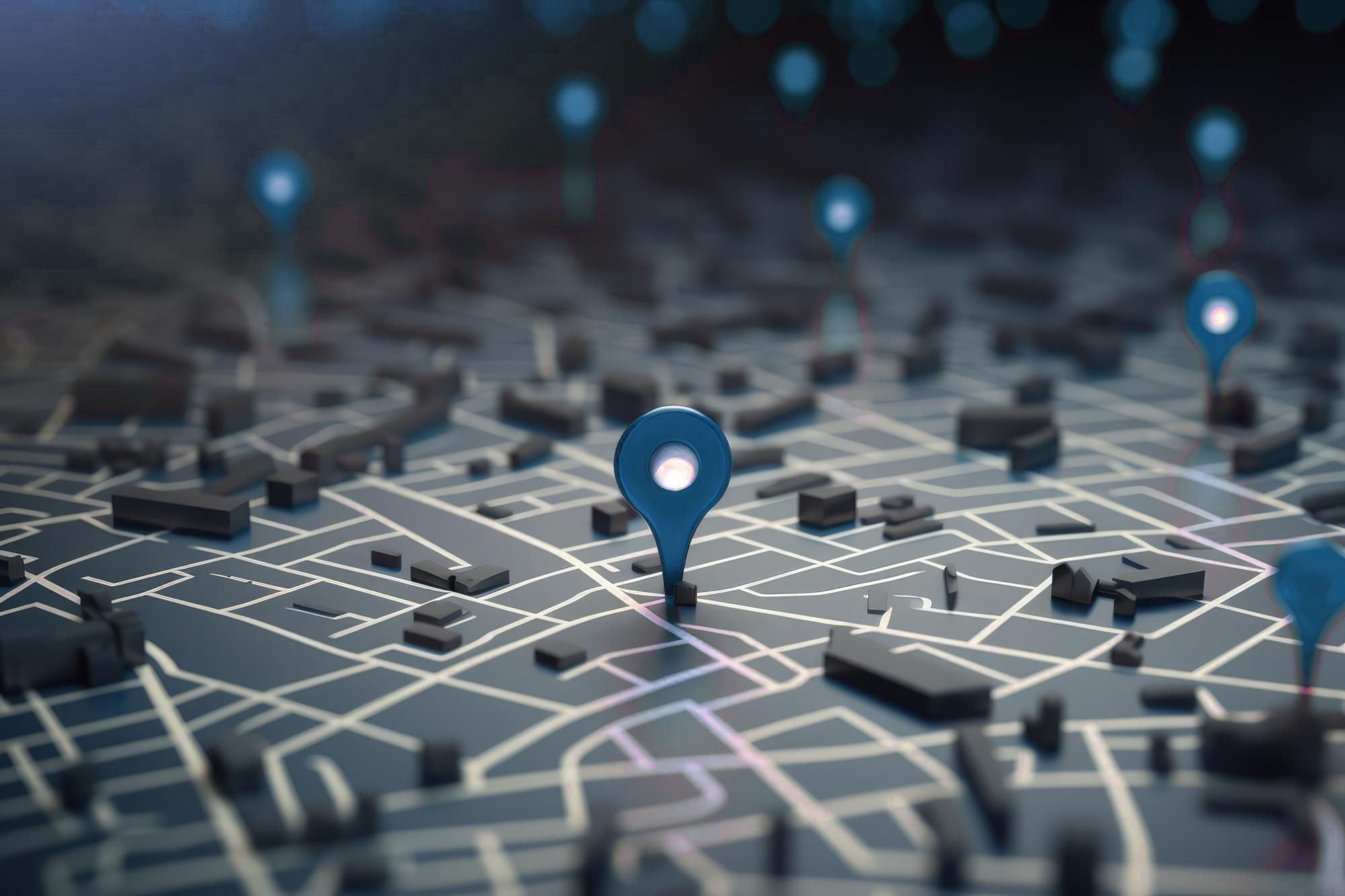- History
- Workplace
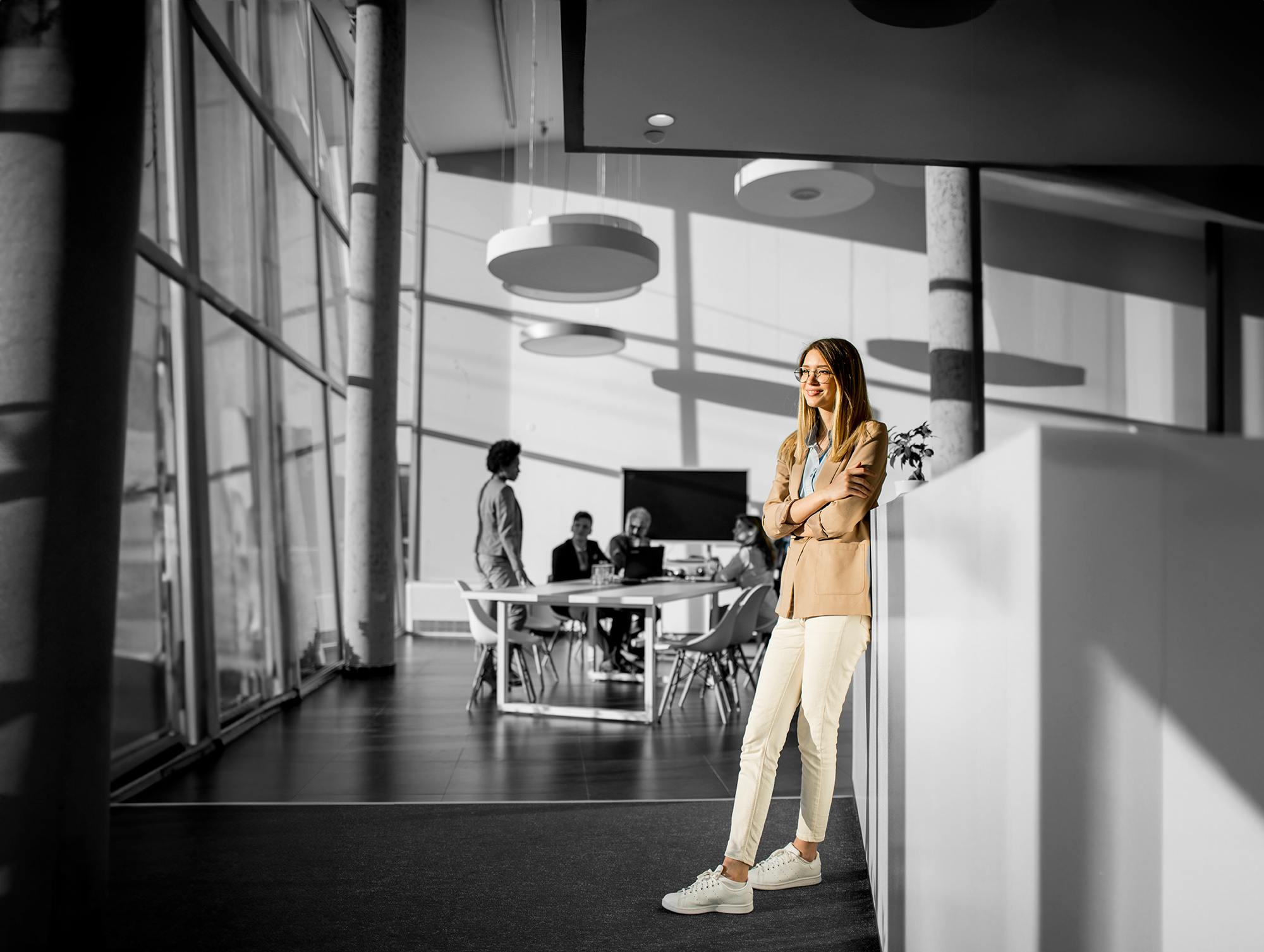
Unlocking the Past: Discovering the Fascinating History of Office Spaces
Step into the fascinating realm of office spaces and embark on a journey through time.
From the humble beginnings of cramped desks and typewriters to the modern, vibrant work environments we see today, the history of office spaces is a captivating tale of innovation, culture, and the ever-evolving nature of work. Join us as we delve into the past and explore the fascinating milestones that have shaped the way we work today.
The Birth of Modern Offices: In the late 19th century, the industrial revolution sparked a significant shift in the way businesses operated. With the advent of telegraph and telephone technologies, the need for centralized workspaces arose.
The birth of modern offices can be traced back to this era, as companies began to establish centralized locations where employees could collaborate and work together efficiently.
The Rise of the Typewriter and Office Layouts:With the invention of the typewriter in the late 1800s, office spaces underwent a remarkable transformation. Typewriters replaced handwritten correspondence, leading to increased administrative tasks. To accommodate these new machines, office layouts were redesigned.
Open floor plans with rows of desks became common, fostering communication and collaboration among employees.

The Influence of Office Layouts on Work Culture: Throughout history, office layouts have played a crucial role in shaping work culture and employee dynamics. Different arrangements have emerged, each with its own impact on collaboration, productivity, and hierarchy within organizations.
From traditional closed-door offices to open floor plans, variations in office layouts have reflected the evolving philosophies of management and the changing expectations of employees. These designs have aimed to strike a balance between privacy and communication, fostering a sense of community while also allowing for focused individual work.
Technology’s Impact on Office Spaces: The rapid advancements in technology during the latter half of the 20th century had a profound impact on office spaces. The introduction of computers, fax machines, and later the internet transformed the way work was conducted. Physical documents and typewriters were gradually replaced by digital files and word processors, leading to a reduction in the need for storage and the physical footprint of offices.

Flexible and Remote Work Environments: In recent years, there has been a significant shift towards flexible and remote work environments. Technology advancements such as video conferencing, cloud storage, and collaboration tools have enabled employees to work from anywhere, blurring the boundaries of traditional office spaces.
This change has brought about new challenges and opportunities, emphasizing the importance of adaptability and work-life balance.
Modern Office Designs: Today, office designs have evolved to prioritize employee well-being and productivity. Companies are increasingly focusing on creating environments that foster creativity, collaboration, and employee satisfaction. Open floor plans, comfortable breakout spaces, ergonomic furniture, and recreational areas are becoming standard features in many workplaces.
Additionally, the integration of green spaces and natural elements has gained prominence, promoting a healthier and more sustainable work environment.
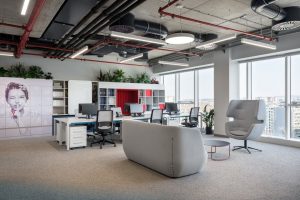
The history of office spaces is a testament to the ever-changing nature of work and the dynamic relationship between technology, culture, and design. From the industrial revolution to the digital age, office spaces have adapted and transformed to meet the evolving needs of businesses and employees.
As we move forward, the future of office spaces promises to be even more flexible, inclusive, and tailored to the needs of a diverse workforce. Exciting times lie ahead as we continue to redefine the way we work and reshape the office spaces of tomorrow.From the humble beginnings of cramped desks and typewriters to the modern, vibrant work environments we see today, the history of office spaces is a captivating tale of innovation, culture, and the ever-evolving nature of work. Join us as we delve into the past and explore the fascinating milestones that have shaped the way we work today.
The Birth of Modern Offices: In the late 19th century, the industrial revolution sparked a significant shift in the way businesses operated. With the advent of telegraph and telephone technologies, the need for centralized workspaces arose.
The birth of modern offices can be traced back to this era, as companies began to establish centralized locations where employees could collaborate and work together efficiently.
The Rise of the Typewriter and Office Layouts:With the invention of the typewriter in the late 1800s, office spaces underwent a remarkable transformation. Typewriters replaced handwritten correspondence, leading to increased administrative tasks. To accommodate these new machines, office layouts were redesigned.
Open floor plans with rows of desks became common, fostering communication and collaboration among employees.

The Influence of Office Layouts on Work Culture: Throughout history, office layouts have played a crucial role in shaping work culture and employee dynamics. Different arrangements have emerged, each with its own impact on collaboration, productivity, and hierarchy within organizations.
From traditional closed-door offices to open floor plans, variations in office layouts have reflected the evolving philosophies of management and the changing expectations of employees. These designs have aimed to strike a balance between privacy and communication, fostering a sense of community while also allowing for focused individual work.
Technology’s Impact on Office Spaces: The rapid advancements in technology during the latter half of the 20th century had a profound impact on office spaces. The introduction of computers, fax machines, and later the internet transformed the way work was conducted. Physical documents and typewriters were gradually replaced by digital files and word processors, leading to a reduction in the need for storage and the physical footprint of offices.

Flexible and Remote Work Environments: In recent years, there has been a significant shift towards flexible and remote work environments. Technology advancements such as video conferencing, cloud storage, and collaboration tools have enabled employees to work from anywhere, blurring the boundaries of traditional office spaces.
This change has brought about new challenges and opportunities, emphasizing the importance of adaptability and work-life balance.
Modern Office Designs: Today, office designs have evolved to prioritize employee well-being and productivity. Companies are increasingly focusing on creating environments that foster creativity, collaboration, and employee satisfaction. Open floor plans, comfortable breakout spaces, ergonomic furniture, and recreational areas are becoming standard features in many workplaces.
Additionally, the integration of green spaces and natural elements has gained prominence, promoting a healthier and more sustainable work environment.

The history of office spaces is a testament to the ever-changing nature of work and the dynamic relationship between technology, culture, and design. From the industrial revolution to the digital age, office spaces have adapted and transformed to meet the evolving needs of businesses and employees.
As we move forward, the future of office spaces promises to be even more flexible, inclusive, and tailored to the needs of a diverse workforce. Exciting times lie ahead as we continue to redefine the way we work and reshape the office spaces of tomorrow.
-
Workspace as inspiration for employees
22 November 2022 -
Why holiday spirit is so important at the workplace?
12 December 2023 -
Transformation of the shopping trends and habits
15 November 2022 -
Why choose consulting companies when buying or selling real estate?
14 November 2022 -
What makes the perfect office?
15 April 2024 -
Work from Home or Work from the Office?
01 February 2024 -
Dilemma: New vs Old Construction
10 January 2023 -
Modern office spaces trends
13 September 2023 -
6 ways to make an office space visually appealing.
30 January 2023 -
The Role of Technology in Modern Office Spaces
23 July 2024 -
What is a hybrid workplace model and how does it work?
23 November 2022 -
Color Trends in Interior Design in 2023
06 July 2023 -
Picking the Perfect Location for Your Business
07 November 2023




